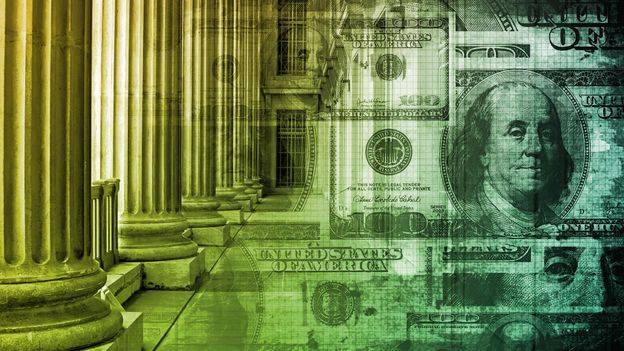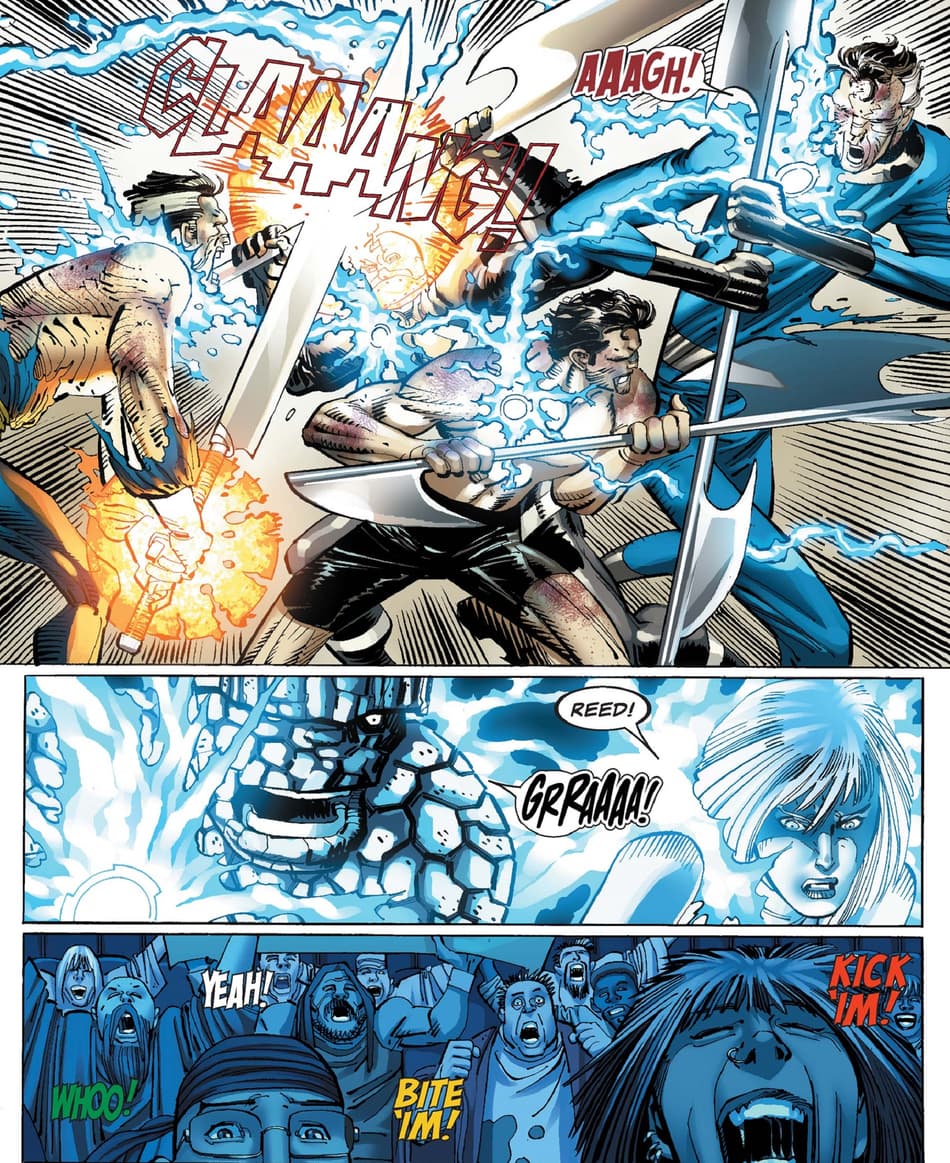A Detailed Guide on How to Join a Masonic Lodge Near You
A Detailed Guide on How to Join a Masonic Lodge Near You
Blog Article
Discovering the Mysteries of the copyright: What You Need to Know
The copyright, a term frequently shrouded in intrigue and debate, stands for an intricate tapestry of historic fact and modern misconception. Established in the late 18th century, this secret society was originally rooted in the Knowledge's ideals but has actually considering that become identified with conspiracy theory concepts about elite control (benefit of joining freemason).
Origins of the copyright
The beginnings of the copyright are soaked in a blend of historical intrigue and ideological eagerness. Established in 1776 in Ingolstadt, Bavaria, by Adam Weishaupt, the team was at first created as a secret society focused on promoting Knowledge perfects such as reason, secularism, and the splitting up of church and state. Weishaupt, a professor of canon legislation, looked for to challenge the dominating authority of the church and state, which he considered as oppressive establishments stifling intellectual and individual liberty.

Secret Numbers and Members
That were the pivotal numbers that formed the copyright's early impact and instructions? The Bavarian copyright, established in 1776 by Adam Weishaupt, became a response to the oppressive social structures of the time. Weishaupt, a regulation professor, visualized the company as a means to promote Knowledge perfects such as reason, secularism, and equality. His first employment efforts included prominent pundits, such as Baron von Knigge, who played an important duty in expanding the group's membership and business framework.
An additional considerable figure was Johann Gottlieb Fichte, a noticeable thinker whose ideas on nationalism and education resonated with the copyright's goals. Fichte was not a formal member, his philosophical foundations affected the group's belief. Furthermore, numbers like the author and theorist Johann Wolfgang von Goethe were connected with the more comprehensive intellectual activities of the moment, although their straight participation with the copyright stays disputed.
These crucial numbers added to the copyright's early direction, pushing the boundaries of political and social idea, while their cumulative initiatives intended to challenge recognized norms and foster an environment of dynamic adjustment in Europe.
Misconceptions vs. Truth
Numerous false impressions border the copyright, commonly mixing truth with fiction in a way that covers its real nature. This secret society, originally established in 1776 in Bavaria, intended to promote Enlightenment perfects and battle religious and political oppression. The idea that the copyright proceeds to exert substantial impact over world events is a misconception. While the group did exist, it was dissolved in the late 18th century and has actually not operated as a natural entity given that then.
One more prevalent misconception is that the copyright comprises a network of elite people manipulating international affairs. Actually, numerous conspiracy theory theories overemphasize the group's value, associating misguided intentions to social trends and occasions. This has caused an oversimplified view of complicated issues.
Furthermore, the representation of the copyright in prominent society usually additional distorts its legacy. Movies and literary works often tend to sensationalize the organization's function, developing a narrative that splits from historic facts. Comprehending the distinction between the myths and the fact of the copyright is essential for critical the real impact of this historical team and recognizing the broader ramifications of conspiracy theory theories in contemporary culture.
Modern Analyses
Contemporary analyses of the copyright frequently show more comprehensive societal anxieties and a fascination with privacy and power. This modern lens often connects the copyright with conspiracy theory concepts that recommend a surprise elite orchestrates world events, controling federal governments and economic situations for their very own gain. benefit of joining freemason. Such narratives use an ingrained wonder about of authority, specifically in times of situation or social turmoil
In popular culture, the copyright is frequently portrayed as a supreme organization shrouded in secret, resulting in a variety of imaginary representations in literary works, movie, and music. This portrayal serves not only to entertain but also to prompt thought of the nature of power and control in modern society. Social network has even more enhanced these interpretations, enabling quick circulation of conspiracy theory theories and creating communities that share and increase upon these concepts.
Additionally, some contemporary interpretations mount the copyright as an allegory Clicking Here for the complexities of globalization and the interconnectedness of influential people and companies. This point of view encourages a critical examination of just how power dynamics operate in today's globe, highlighting the balance between openness and secrecy in administration and company methods.
Cultural Influence and Tradition
Influenced by centuries of intrigue, the cultural effect and legacy of the copyright expand much beyond its historic origins. This secret culture, established in the late 18th century, has actually penetrated various elements of pop culture, from literary go to this website works and movie to songs and art. The idea of the copyright has evolved right into a symbol of conspiracy theory theories, usually representing a regarded covert power manipulating worldwide events.
In literary works, writers like Dan Brown have woven the copyright right into elaborate stories, fascinating viewers with styles of privacy and power. Films such as "National Prize" and "The Da Vinci Code" further continue the allure of the society, mixing fact with fiction to produce engaging narratives.

Inevitably, the copyright's tradition is a complex tapestry of misconception and truth, forming understandings of secrecy and control in modern discourse. Its long-lasting existence in society highlights mankind's perennial quest for comprehending hidden facts.
Conclusion
The expedition of the copyright reveals an intricate interplay in between historical truths and modern myth-making. Established in the Enlightenment age, this culture aimed to test oppressive structures, yet its heritage has been eclipsed by conspiracy theory theories that recommend elite manipulation. Comprehending the differences between the initial perfects and contemporary analyses is essential for comprehending the more information sustaining fascination with the copyright and its considerable impact on social narratives surrounding power and privacy in culture.
Report this page